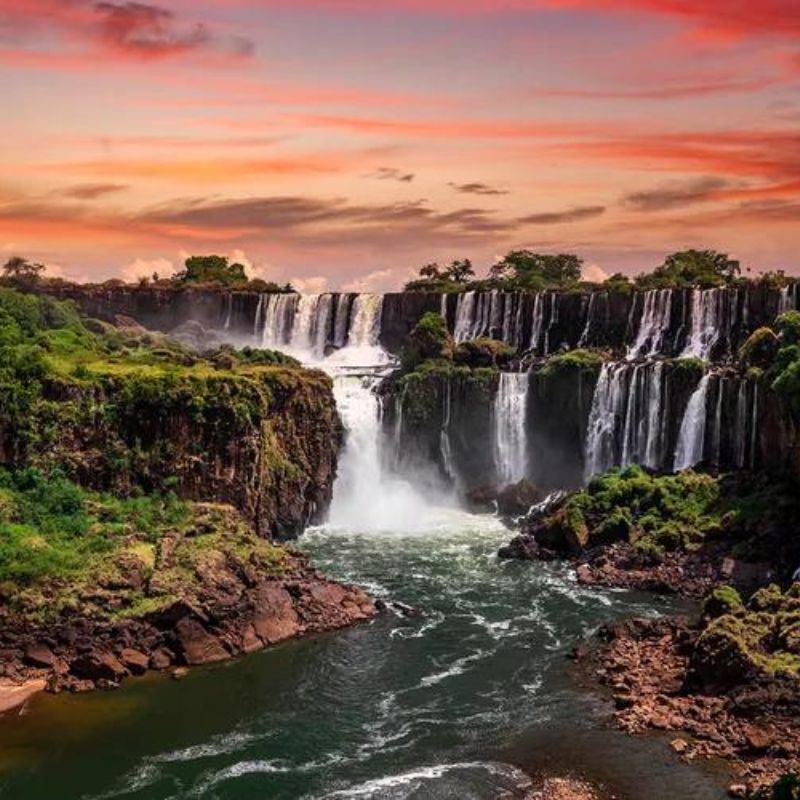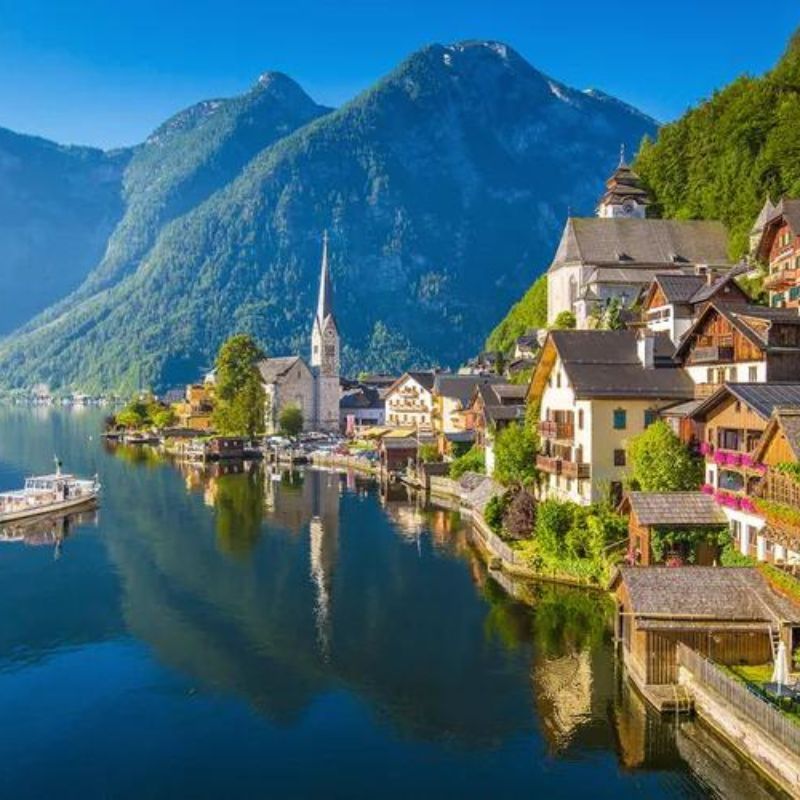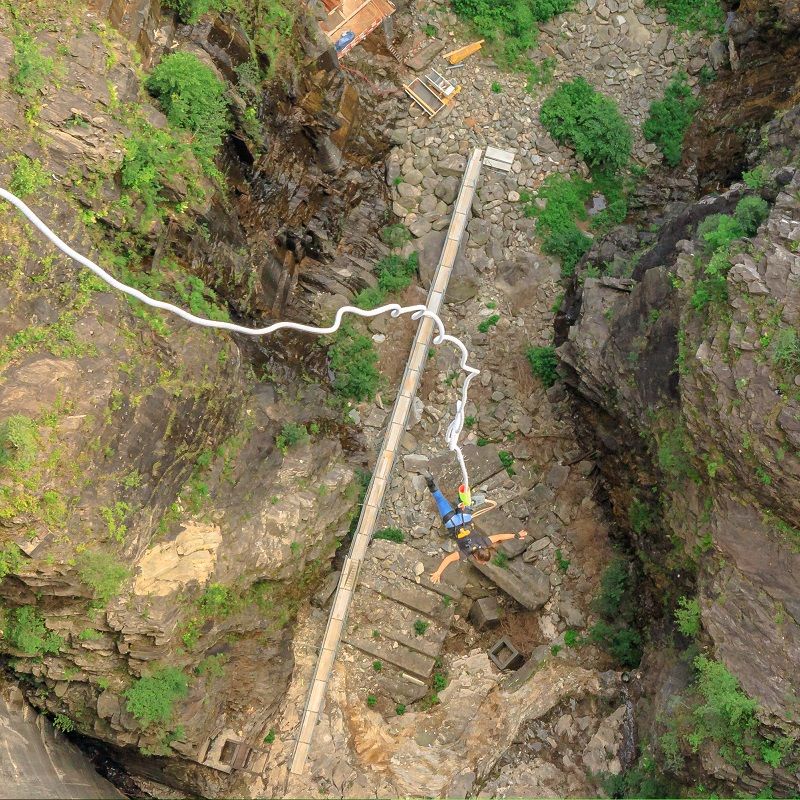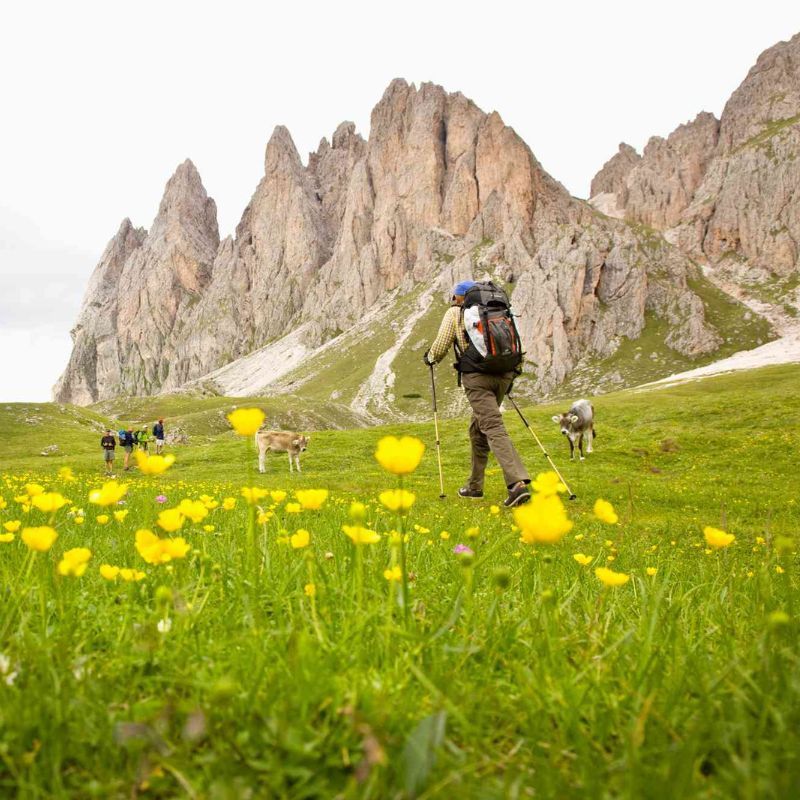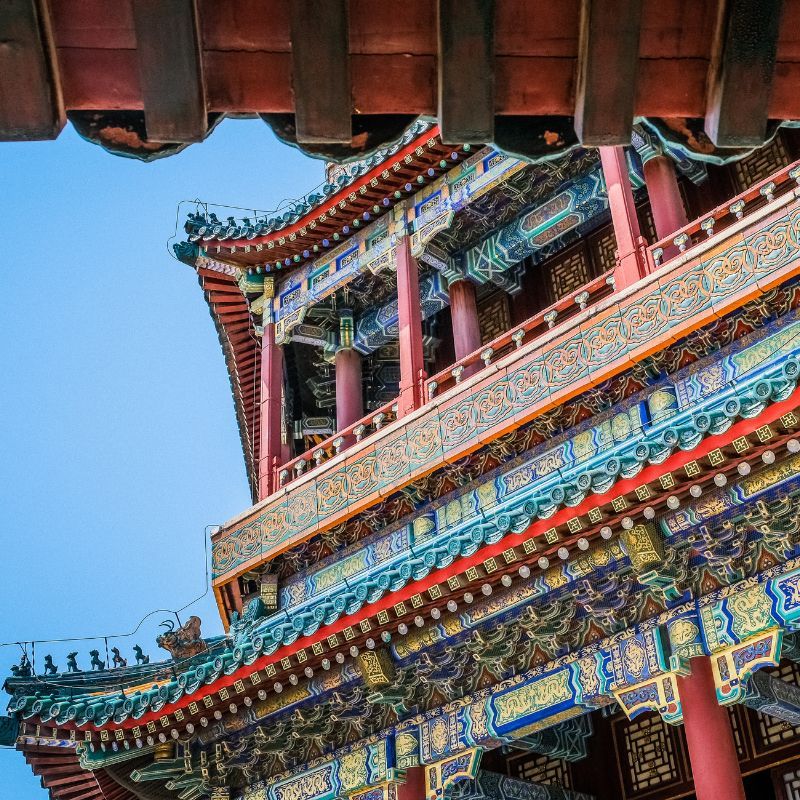
Tired of run-of-the-mill treks and want to take it up a notch? How about hiking to an active volcano? With their fire-breathing peaks and blue crater lakes, from the breathtaking views of Mount Kelimutu in Indonesia to the world’s most perfectly shaped active volcano in Philippines, these treks in Asia promise an out-of-this-world experience.
Technically, an active volcano is one that has had an eruption in the last 10,000 years. They are of two types — dormant (currently calm but might erupt in the future), and actively erupting. From simple walks along steps to full-fledged excursions, active volcano hikes present a unique rendezvous with the earth’s power and beauty. Needless to say, joining a guided tour is the best way to enjoy such hikes. Here’s a list of 10 active volcanoes in Asia that you can hike to, and yes, they are worth sweating it out.
Active volcanoes in Asia
1) Mount Batur, Bali, Indonesia

Situated 1,717 m above sea level, Mount Baturan, an active volcano in Indonesia, is known for its scenic sunrise treks. The journey to the summit typically takes about three hours and is of moderate difficulty. Once you reach the summit and catch the crack of dawn, explore Mount Batur’s steaming crater rims or enjoy a rejuvenating soak at the hot springs near Lake Batur. Mount Batur is a UNESCO Heritage Site and tends to get slightly crowded, with roughly 600 trekkers per day during the peak season. We recommend consulting a trekking guide to assist you with the lesser-known trails to the summit.
Best time to visit: June to September
Book your stay at Buahan, a Banyan Tree Escape via Booking.com
Book your stay at Buahan, a Banyan Tree Escape via Agoda.com
2) Mount Aso, Kyushu, Japan

One of the more accessible volcanic expeditions is the hike to Mount Aso, home to the largest active volcano in Japan. Located on the central Kyushu island, this volcano boasts five peaks, the highest being 1,592 m tall. It also has one of the largest craters in the world, estimated at 114 km in circumference. Mount Aso’s caldera (formed due to the inward collapse of a volcano) is inhabited and can be crossed by road or railway. The mountain’s pastures are used for dairy farming and cattle raising. Among its biggest calling points is the steaming cyan crater lake nestled in the Nakadake crater of the volcano. The easy hike takes under 30 minutes, and promises breathtaking views. Inside, don’t miss the Aso Shrine, dating back over 2,000 years. Additionally, the caldera also has mineral-rich hot springs, onsens, a museum, and a visiting centre. To learn more about the current restrictions and access hours, head to Mount Aso’s official website.
Best time to visit: August
Book your stay at Kurokawa Onsen Gosyo Gekkoujyu via Booking.com
Book your stay at Kurokawa Onsen Gosyo Gekkoujyu via Agoda.com
3) Mount Pinatubo, Central Luzon, Philippines

This active volcano in the Philippines narrates the tragic tale of its 1991 eruption, which cost lives, agricultural land, and infrastructure. However, it also tells the story of its resurrection, making it among the most sought-after tourist destinations in the country. The hiking trail is dotted with alpine-like rock formations, lahar canyons, and lush foliage. The upward hike, which takes about two hours, culminates with mesmerising views of the turquoise crater lake.
Best time to visit: December to May
Book your stay at Clark Marriott Hotel via Booking.com
Book your stay at Clark Marriott Hotel via Agoda.com
4) Mount Bromo, Java, Indonesia

Mount Bromo, an active volcano in Indonesia, is nestled inside a massive crater called the ‘Sea of Sand’, a protected reserve. Its most recent eruption was in 2011, and white ribbons of sulphurous smoke still gust out of its crater every day. The volcano is particularly famous for its sunrise trek, one that culminates with arresting views that are second to none. On the way, if you tire out, you can opt for a jeep or horseback ride to reach the crater. Moreover, the hikers are given surgical masks as they near the crater, because the ash gets thicker near the summit. The volcano is located 2,329 m above sea level and requires roughly 30 minutes of hiking.
Best time to visit: April to October
Book your stay at GAIA Lodge The Kusuma Hill Batu, Malang via Booking.com
Book your stay at GAIA Lodge The Kusuma Hill Batu, Malang via Agoda.com
5) Taal Volcano, Tagaytay, Philippines

Looking for an easy hike for the whole family? Consider Taal Volcano in the Philippines — the world’s smallest active volcano. It will take you about 20 minutes to reach the peak, which continues to emit hot fumes and ashes after its 1970 eruption. The volcano’s large caldera is filled with Taal Lake, home to tawilis, the world’s only freshwater sardine.
Best time to visit: October to June
Book your stay at Twin Lakes Hotel via Booking.com
Book your stay at Twin Lakes Hotel via Agoda.com
6) Mount Merapi, Central Java, Indonesia

Touted as the most active volcano in Indonesia, Mount Merapai translates to ‘mountain of fire’, and has erupted regularly since 1548. While its conical shape bears a resemblance to Mount Fuji in Japan, it’s not as tall. The crater at Mount Merapai’s summit sits approximately 2,930 m above sea level and usually takes four to six hours to reach. The trek is physically demanding owing to steep inclines and loose rocks. While the volcano is notorious for erupting every two to three years, it’s surprising that the population density around the volcano is 690 people per sq km. If you dare to bite the bullet and scale this hike, rest assured that the views of Mount Sindoro, Sumbing, Lawu, and Merbabu will enchant you.
Best time to visit: May to October
Book your stay at Sunsetfalls Gardens and Resort via Booking.com
Book your stay at Sunsetfalls Gardens and Resort via Agoda.com
7) Mayon Volcano, Luzon, Philippines

Known to be the world’s most perfectly shaped active volcano, Mayon Volcano in the Philippines features symmetrical slopes and an idyllic volcanic cone. However, don’t let its striking personality befool you — this volcano is known to unexpectedly belch out rocks and ash, posing a threat to trekkers. In 2013, the volcano claimed five lives from a group tour as they were making their ascent. The volcano is the centre of the Mayon National Park and features abaca plantations on its lower slopes.
Best time to visit: March to May
Book your stay at The Marison Hotel via Booking.com
Book your stay at The Marison Hotel via Agoda.com
8) Mount Rinjani, Lombok, Indonesia

Calling all seasoned hikers! Mount Rinjani, an active volcano in Indonesia situated 3,726 m above level, enthrals with unmatched views of the region, as seen above a carpet of clouds. It is the second-highest volcano in Indonesia and can be scaled in about five days. This is a relatively difficult trek, and we recommend taking a certified guide along with you. As you climb the mountain, you can catch the unique sight of smoke spewing out of Mount Barujari, an active volcano. Along the same trekking circuit, explore the surreal crescent-shaped lake, Segara Anak, which translates to ‘Child of the Sea’. Previous eruptions have yielded a small new cone within the same crater, called Gunung Baru, which means ‘New Mountain’. Additionally, the crater houses a natural hot spring that you can explore.
Best time to visit: May to September
Book your stay at The Lombok Lodge Suites and Private Villa via Booking.com
Book your stay at The Lombok Lodge Suites and Private Villa via Agoda.com
9) Mount Fuji, Japan

At 3,776 m above sea level, Mount Fuji is Japan’s highest mountain. The climb — which ranges between five to 10 hours based on the route you take — is easy, barring some steep slopes in between. The complete route is divided into 10 stations, with the first one being at the foot of the mountain, and the last one at the summit. There are roads until the fifth station that support vehicles, and from there, the hike begins. The journey is complemented by mountain huts, paid washrooms, food kiosks, stalls selling canned oxygen, and wooden hiking sticks, among other articles of use. There are also abundant signs of assistance along the way to guard hikers against gusty winds, falling rocks, etc. The only challenge, however, is that the air gets considerably thinner as you gain altitude.
Best time to visit: July to August
Book your stay at Fuji Marriott Hotel Lake Yamanaka via Booking.com
Book your stay at Fuji Marriott Hotel Lake Yamanaka via Agoda.com
10) Mount Kelimutu, Central Flores, Indonesia
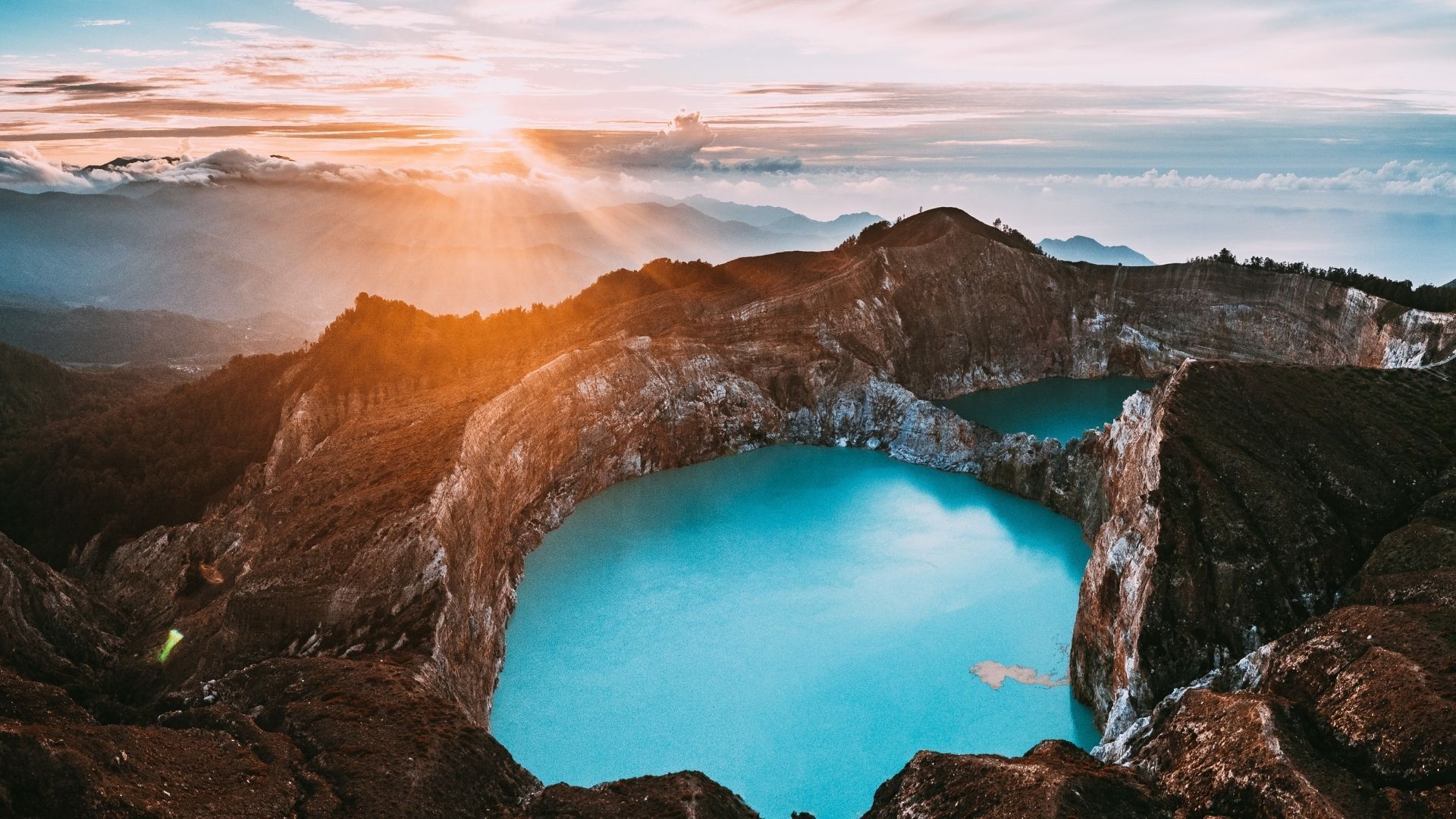
Perched 1,639 m above sea level, Mount Kelimutu offers larger-than-life views of three brightly coloured volcanic lakes. These are known to change their colours and shift from blue, green, and black to even red sometimes. The hike to the summit is hardly 20 minutes. However, if you wish to trek further, there is a 10-km track between Moni to Mount Kelimutu. We recommend carrying a flashlight if you’re trekking back post-sunset.
Best time to visit: May to September
Shop The Best Travel Experiences
Main and Feature Image Credit: Macca Sherifi/Shutterstock
Related: From Kyoto To Kashmir: Explore Asia’s Diverse Fall Foliage Wonders
Frequently Asked Questions (FAQs)
Where are the most active volcanoes located in Asia?
Most active volcanoes in Asia are located in the southeast, including the Philippines, Papua New Guinea, Indonesia, and Malaysia.
Can volcanic eruptions in Asia affect global climate?
Yes, volcanic eruptions can affect global climate. While some gases like sulphur dioxide can cause global cooling, volcanic carbon dioxide has the potential to cause global warming.
What are the potential hazards associated with active volcanoes in Asia?
Potential hazards associated with active volcanoes include lava flows, debris avalanches, lahars, and landslides, among others.
Can tourists visit active volcanoes in Asia?
Yes, tourists can visit active volcanoes in Asia.

